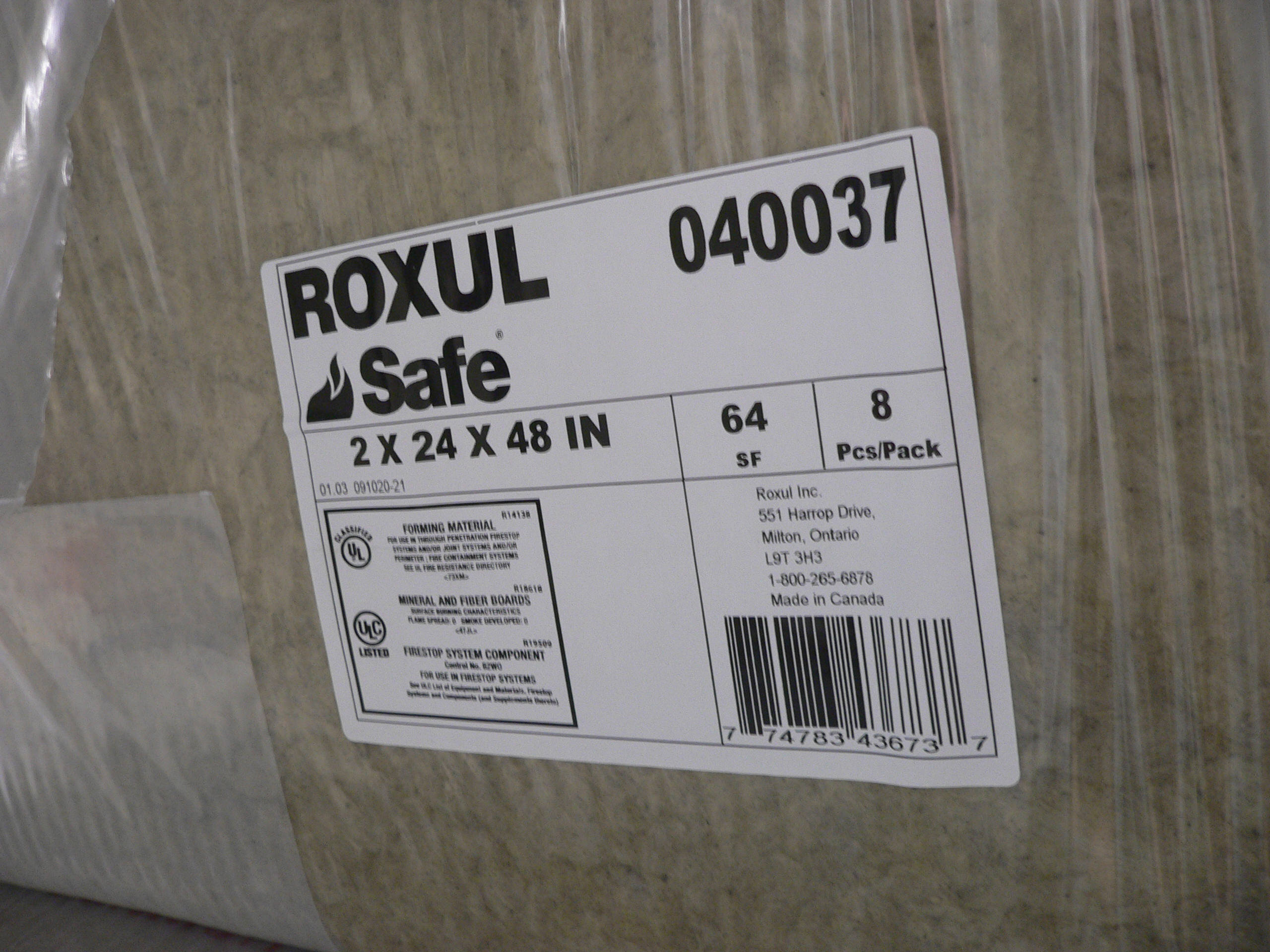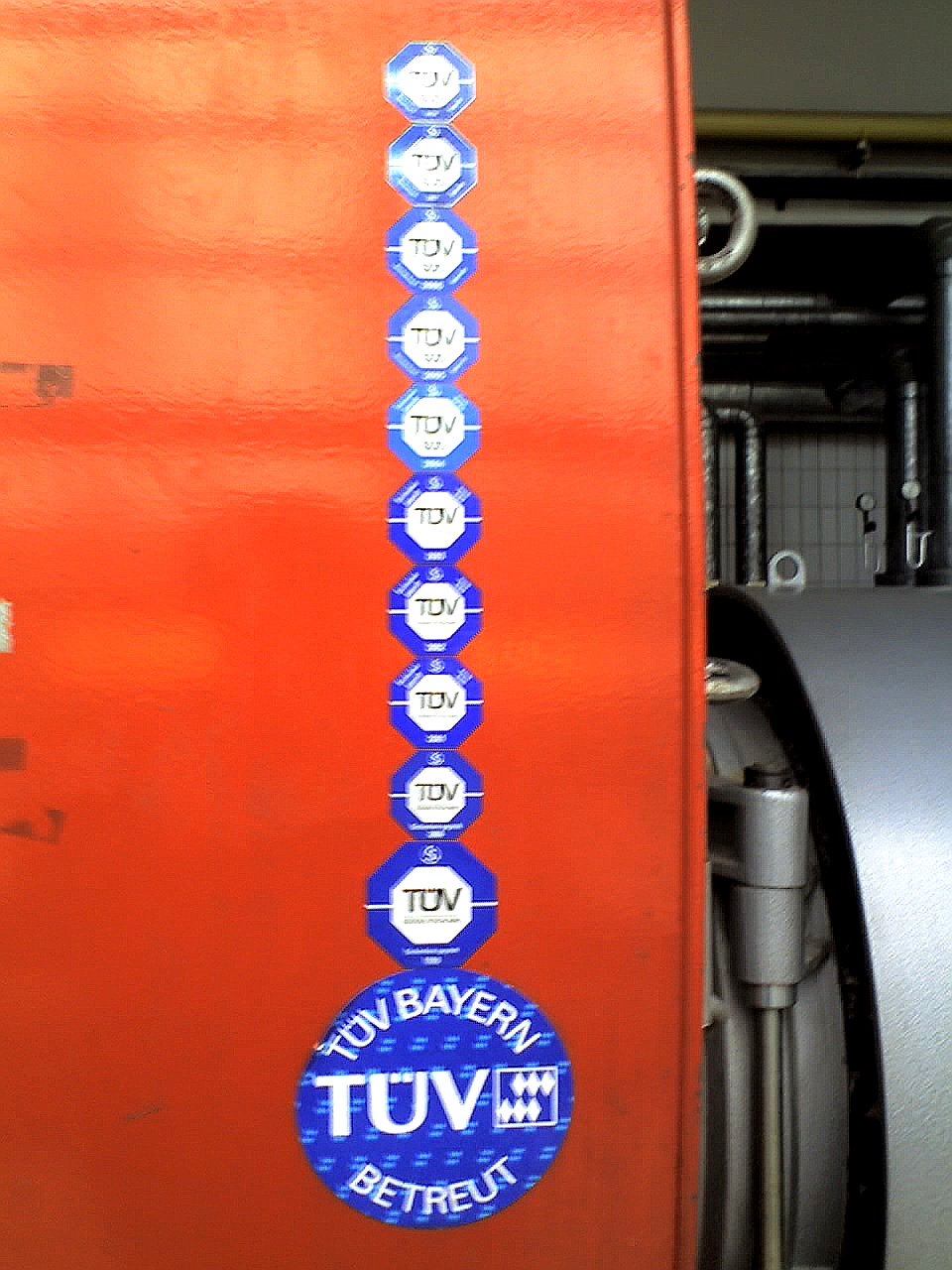|
Geprüfte Sicherheit
The ''Geprüfte Sicherheit'' ("Tested Safety") or ''GS'' mark is a voluntary certification mark for technical equipment. It indicates that the equipment meets German and, if available, European safety requirements for such devices. The main difference between GS and CE mark is that the compliance with the European safety requirements has been tested and certified by a state-approved independent body. CE marking, in contrast, is issued for the signing of a declaration that the product is in compliance with European legislation. The GS mark is based on the German Product Safety Act ("Produktsicherheitsgesetz", or "ProdSG"). Testing for the mark is available from many different laboratories, such as,Intertek DGUV Test the TÜV, Nemko and IMQ. Although the GS mark was designed with the German market in mind, it appears on a large proportion of electronic products and machinery sold elsewhere in the world. See also * CE mark On commercial products, the letters CE (as the logo ... [...More Info...] [...Related Items...] OR: [Wikipedia] [Google] [Baidu] |
Certification Mark
A certification mark (or conformity mark) on a commercial product indicates the existence of an accepted product standard or regulation and a claim that the manufacturer has verified compliance with those standards or regulations. The specific specification, test methods, and frequency of testing are published by the standards organization. Certification listing does not necessarily guarantee fitness-for-use. Validation testing, proper usage, and field testing are often needed. The USPTO considers that a certification mark is a kind of trademark. Certification marks distinguished from other marks Certification marks differ from collective trade marks. Collective trade marks may be used by particular members of the organization that owns them, while certification marks are the only evidence of the existence of follow-up agreements between manufacturers and nationally accredited testing and certification organizations. In some occasions, the certification organization will c ... [...More Info...] [...Related Items...] OR: [Wikipedia] [Google] [Baidu] |
Germany
Germany,, officially the Federal Republic of Germany, is a country in Central Europe. It is the second most populous country in Europe after Russia, and the most populous member state of the European Union. Germany is situated between the Baltic and North seas to the north, and the Alps to the south; it covers an area of , with a population of almost 84 million within its 16 constituent states. Germany borders Denmark to the north, Poland and the Czech Republic to the east, Austria and Switzerland to the south, and France, Luxembourg, Belgium, and the Netherlands to the west. The nation's capital and most populous city is Berlin and its financial centre is Frankfurt; the largest urban area is the Ruhr. Various Germanic tribes have inhabited the northern parts of modern Germany since classical antiquity. A region named Germania was documented before AD 100. In 962, the Kingdom of Germany formed the bulk of the Holy Roman Empire. During the 16th ce ... [...More Info...] [...Related Items...] OR: [Wikipedia] [Google] [Baidu] |
CE Mark
On commercial products, the letters CE (as the logo ) mean that the manufacturer or importer affirms the good's conformity with European health, safety, and environmental protection standards. It is not a quality indicator or a certification mark. The CE marking is required for goods sold in the European Economic Area (EEA), but is also found on products sold elsewhere that have been manufactured to EEA standards. The mark indicates that the product may be traded freely in any part of the European Economic Area, regardless of its country of origin. It consists of the CE logo and, if applicable, the four digit identification number of the notified body involved in the conformity assessment procedure. "CE" is the abbreviation of ( French for "European conformity"). Meaning The mark on a product indicates that the manufacturer or importer of that product affirms its compliance with the relevant EU legislation and the product may be sold anywhere in the European Economic Area ... [...More Info...] [...Related Items...] OR: [Wikipedia] [Google] [Baidu] |
Laboratory
A laboratory (; ; colloquially lab) is a facility that provides controlled conditions in which scientific or technological research, experiments, and measurement may be performed. Laboratory services are provided in a variety of settings: physicians' offices, clinics, hospitals, and regional and national referral centers. Overview The organisation and contents of laboratories are determined by the differing requirements of the specialists working within. A physics laboratory might contain a particle accelerator or vacuum chamber, while a metallurgy laboratory could have apparatus for casting or refining metals or for testing their strength. A chemist or biologist might use a wet laboratory, while a psychologist's laboratory might be a room with one-way mirrors and hidden cameras in which to observe behavior. In some laboratories, such as those commonly used by computer scientists, computers (sometimes supercomputers) are used for either simulations or the analysis of data. Scient ... [...More Info...] [...Related Items...] OR: [Wikipedia] [Google] [Baidu] |
Technischer Überwachungsverein
TÜVs (; short for german: Technischer Überwachungsverein, en, Technical Inspection Association) are internationally active, independent service companies from Germany and Austria that test, inspect and certify technical systems, facilities and objects of all kinds in order to minimize hazards and prevent damages. The TÜV companies are organized into three large holding companies, TÜV Nord, TÜV Rheinland and TÜV SÜD (with TÜV Hessen), along with the smaller independent companies TÜV Thüringen, TÜV Saarland and TÜV Austria. History With the increasing number and efficiency of steam engines during the Industrial Revolution, there had been more and more accidents caused by exploding (or more precisely, bursting) boilers. After the explosion of the boiler at the Mannheim Aktienbrauerei in January 1865, the idea was pursued there to subject boilers to regular inspections on a voluntary basis, as was already the case in Great Britain. Twenty boiler owners in Baden joined in ... [...More Info...] [...Related Items...] OR: [Wikipedia] [Google] [Baidu] |
Underwriters Laboratories
The UL enterprise is a global safety science company headquartered in Northbrook, Illinois, composed of three organizations, UL Research Institutes, UL Standards & Engagement and UL Solutions. Established in 1894, the UL enterprise was founded as the Underwriters' Electrical Bureau (a bureau of the National Board of Fire Underwriters), and was known throughout the 20th century as Underwriters Laboratories. On January 1, 2012, Underwriters Laboratories became the parent company of a for-profit company in the U.S named UL LLC, a limited liability corporation, which took over the product testing and certification business. On June 26, 2022, the companies rebranded into three distinct organizations that make up the UL enterprise. UL Solutions partners with customers and stakeholders in more than 100 countries to help solve safety, security and sustainability challenges and is also responsible for managing and issuing the highly respected portfolio of UL Marks. The company is one of ... [...More Info...] [...Related Items...] OR: [Wikipedia] [Google] [Baidu] |
Certification Marks
Certification is the provision by an independent body of written assurance (a certificate) that the product, service or system in question meets specific requirements. It is the formal attestation or confirmation of certain characteristics of an object, person, or organization. This confirmation is often, but not always, provided by some form of external review, education, assessment, or audit. Accreditation is a specific organization's process of certification. According to the U.S. National Council on Measurement in Education, a certification test is a credentialing test used to determine whether individuals are knowledgeable enough in a given occupational area to be labeled "competent to practice" in that area. Types One of the most common types of certification in modern society is professional certification, where a person is certified as being able to competently complete a job or task, usually by the passing of an examination and/or the completion of a program of stud ... [...More Info...] [...Related Items...] OR: [Wikipedia] [Google] [Baidu] |




